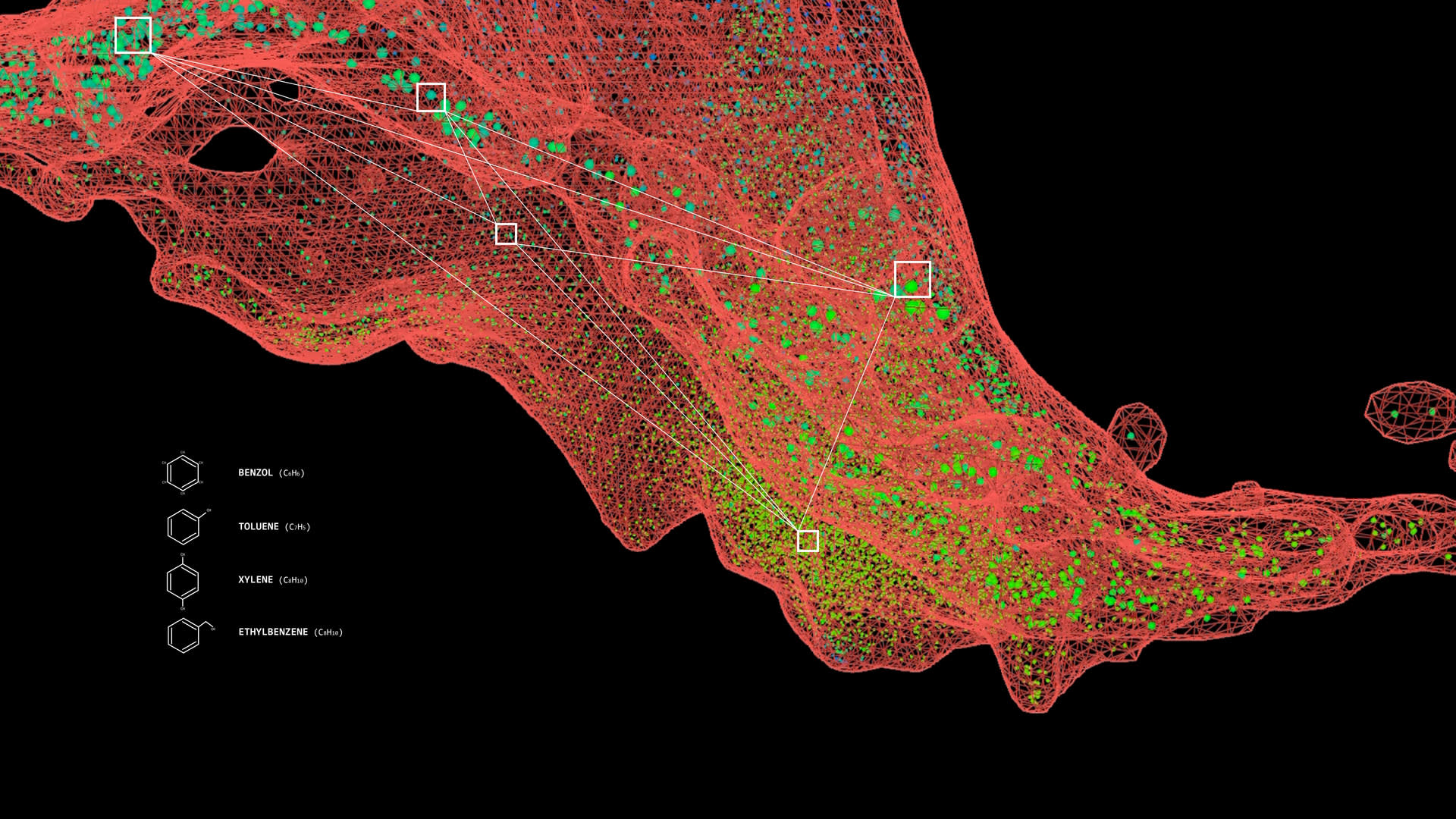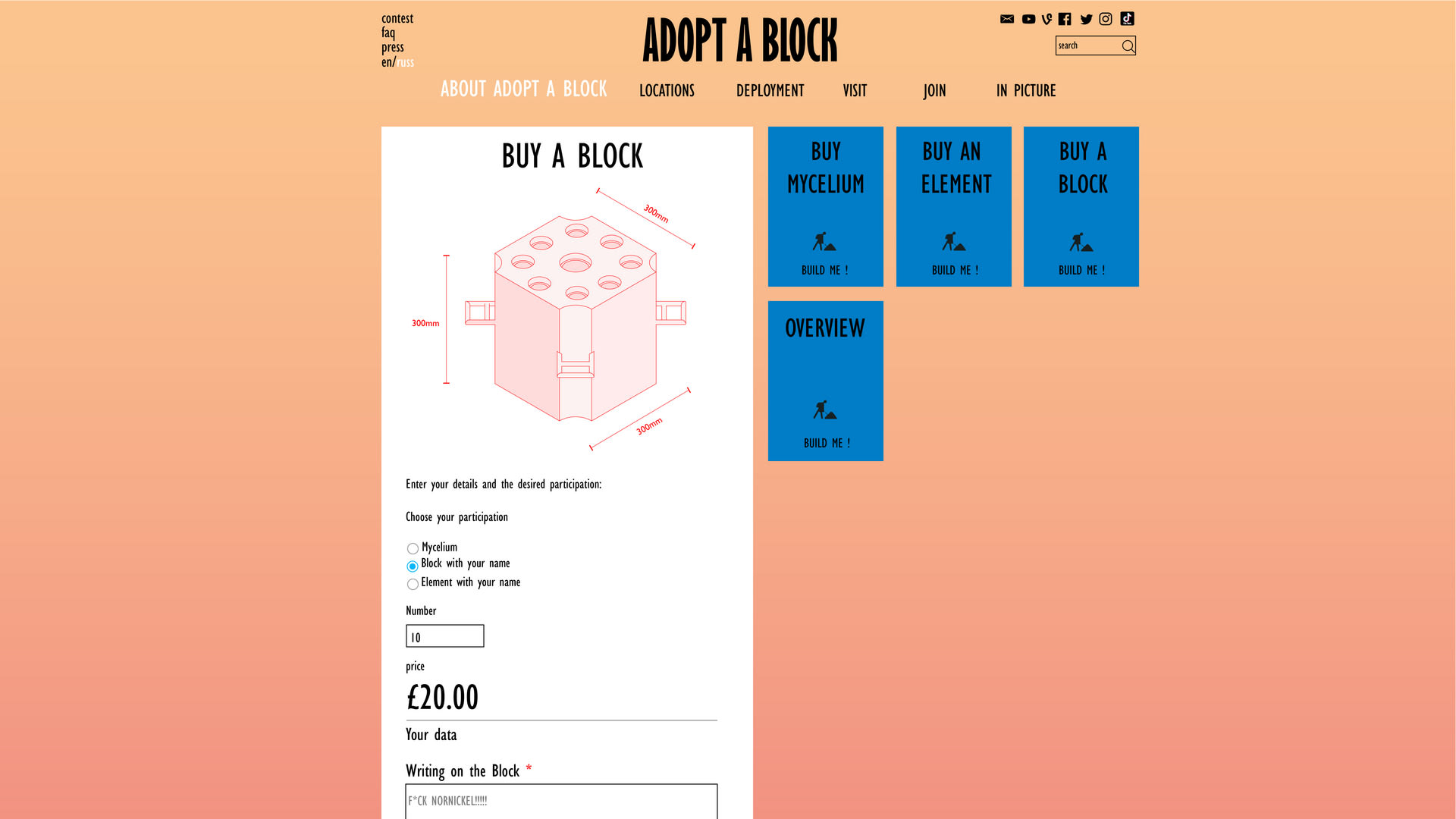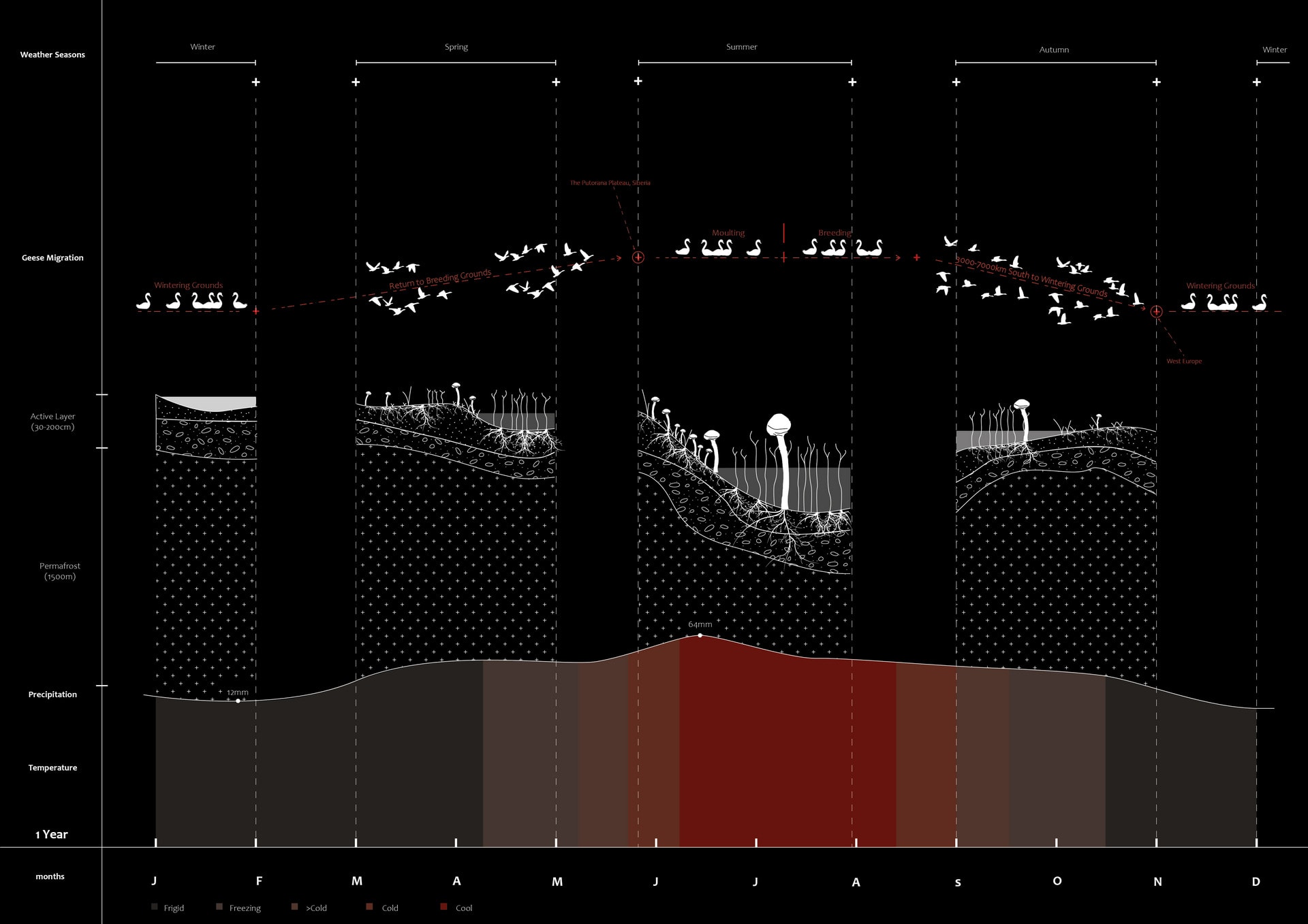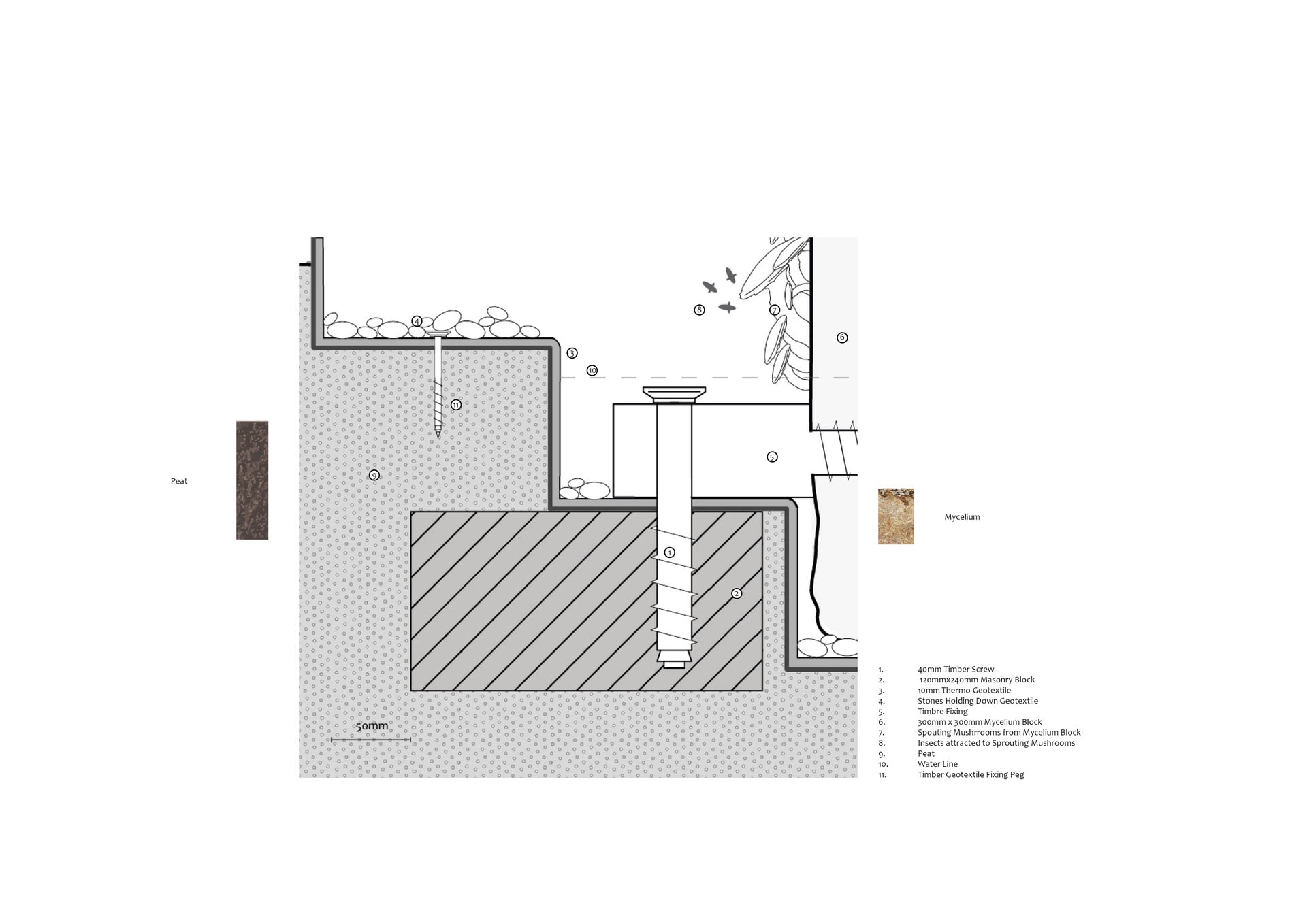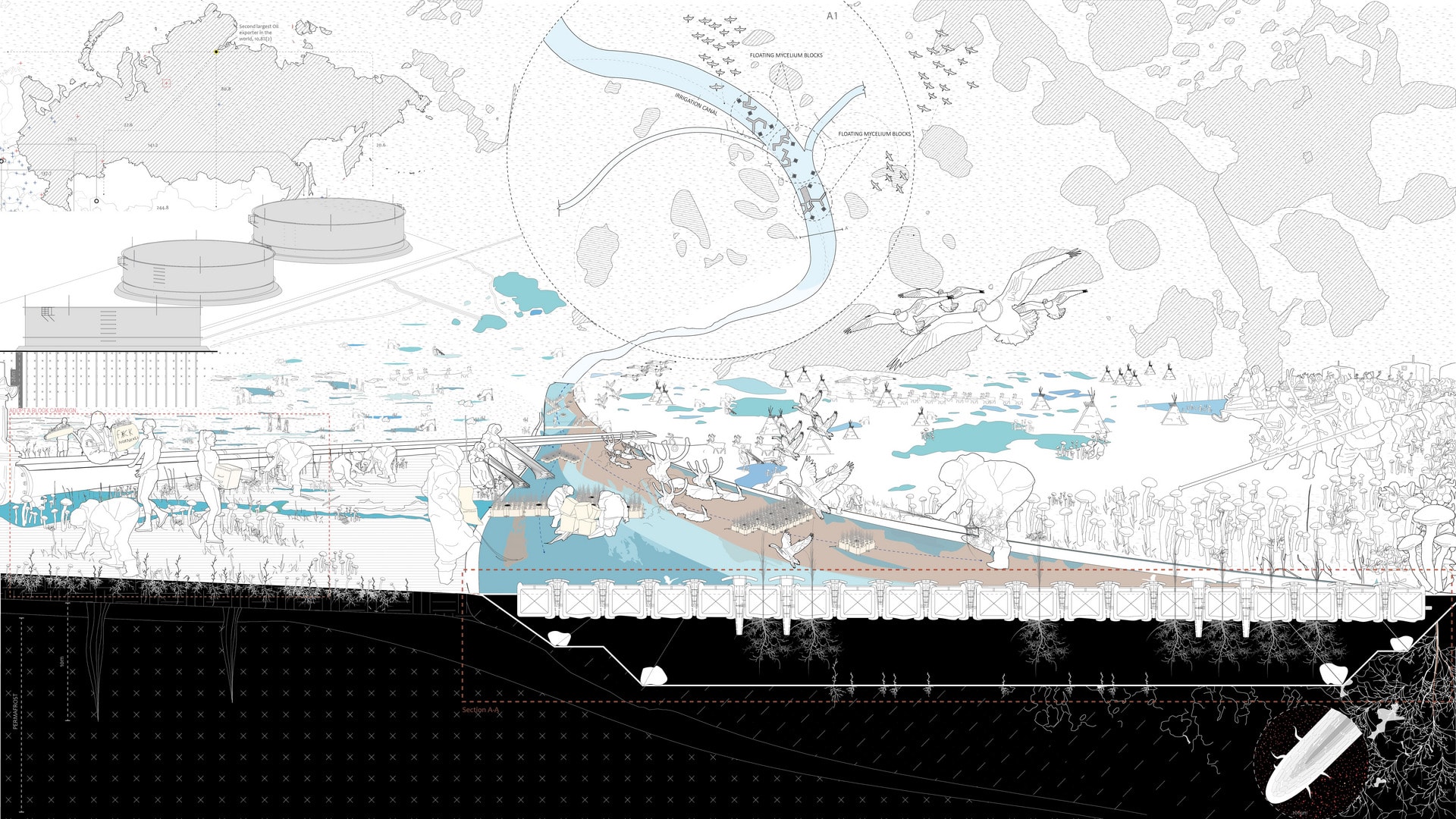Tonderai Prince Maboreke's research explores the intersection between architecture, metabolism, infrastructure, and engineering strategies to interrogate themes of environmental capitalism and geopolitics. A recipient of the AIA UK Student Award (2016), OUT Scholarship (2018), and the Carpenters' Company Bursary (2020), Tonderai has experience in both architecture and engineering practices in Taiwan and the UK. Eager to continue exploring opportunities around the world, this experience fostered his interest in culture, time and space. His first-year design project, “The Right to Breathe,” explored the relationship between Industrial Capitalism, Environmental Politics and Metabolism by addressing the problems of “sick building syndrome” within caravans often used by marginalised gypsies and travellers. The project was selected in the top 3 jury selection of The Design Film Festival (2020).
This year, as part of ADS7, Tonderai explored the “Phenomena of the Red River” surrounding the recent Norilsk Oil spill in the Siberian Arctic. Speculating on future metabolic states and remediation infrastructures, this project sees Tonderai positioning himself, as architect, as both a mediator and an instigator, between the public and political elite.
After completing his studies at the Royal College of Art, Tonderai aims to continue evolving his practice, working on projects of different scales, developing his research into the intersection
